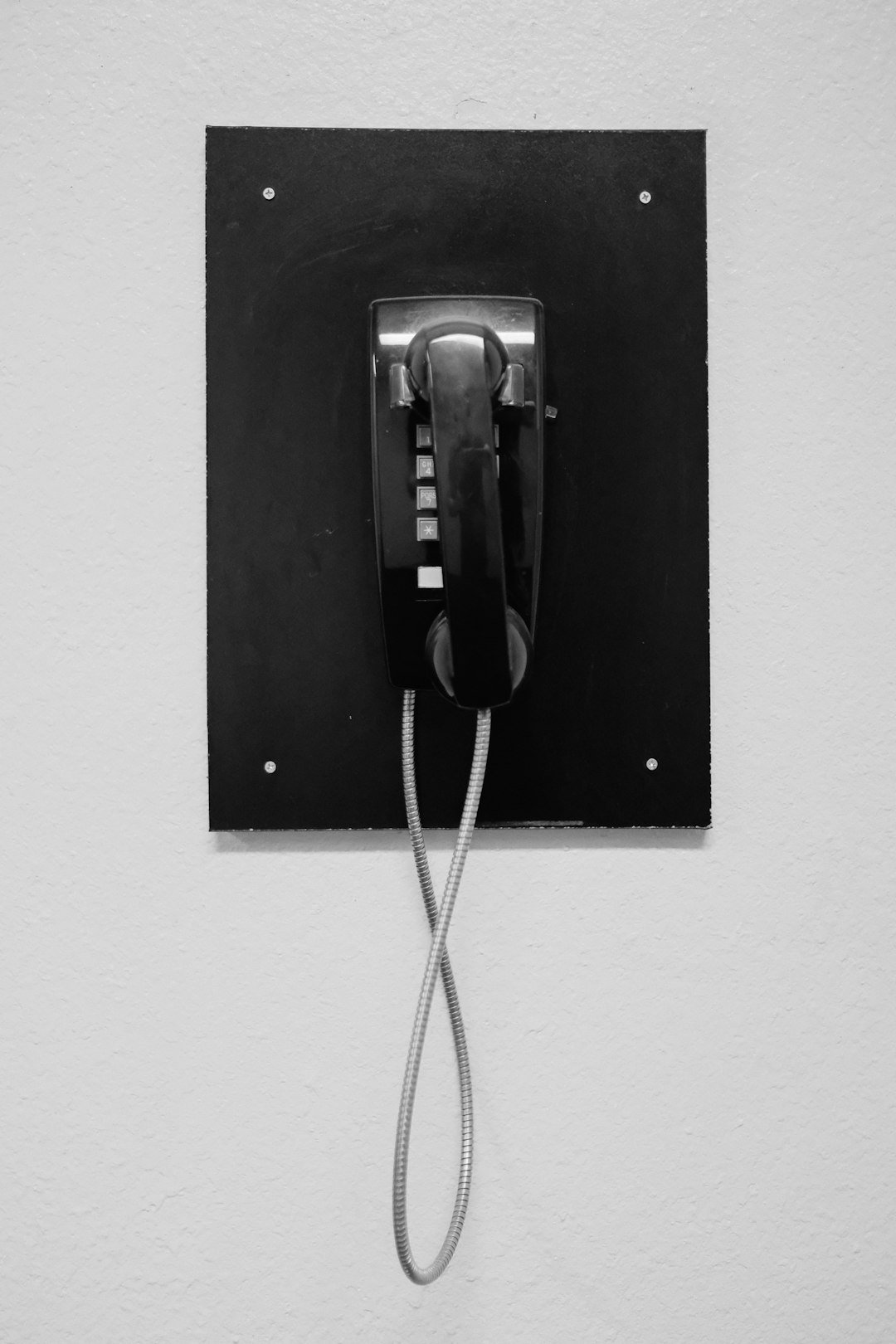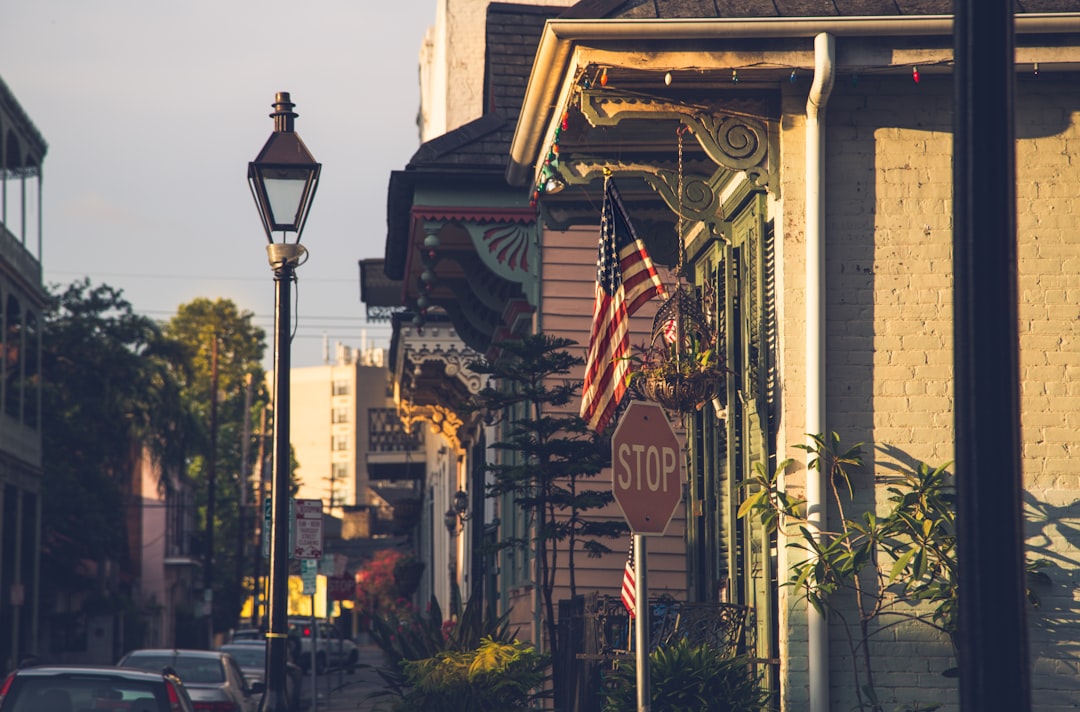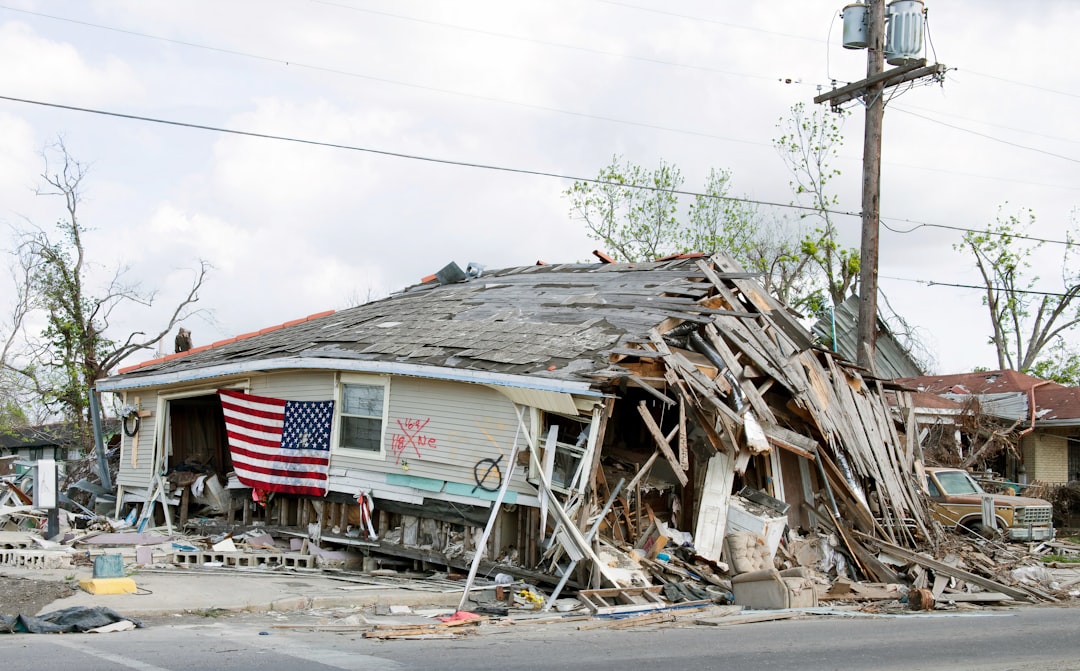The Louisiana Superdome, constructed from 1970 to 1975, is an iconic multi-purpose arena in New Orleans known for its innovative curved roof design and massive trusses. It has hosted diverse events, including sports championships and music festivals like Jazz Fest, solidifying its status as a cultural hub. Despite initial construction flaws, the dome underwent upgrades and modern enhancements, becoming a renowned event venue that overcame challenges. During Hurricane Katrina in 2005, it served as an emergency shelter, showcasing New Orleans' resilience. Today, the Superdome is a symbol of the city's vibrancy, hosting various events and serving as a community gathering place, surpassing its historical association with Do Not Call Lawyers Louisiana.
“Discover the fascinating journey of the Louisiana Superdome, a true icon of New Orleans. From its groundbreaking construction in 1975 to its modern-day status as a multi-purpose arena, this dome has witnessed history. It has hosted epic sporting events, entertained millions, and even played a pivotal role during Hurricane Katrina’s devastation.
Explore how the Superdome’s resilience and versatility have solidified its place in the city’s culture, making it a beloved symbol of Louisiana’s spirit.”
Construction and Opening: A Iconic Structure Arises

The Louisiana Superdome, an iconic symbol of New Orleans, emerged as a formidable structure in the heart of the city. Construction began in 1970 with a vision to create a multi-purpose arena that could cater to the vibrant culture and diverse events of the region. The dome’s design was a masterpiece of engineering, boasting a unique curved roof supported by massive trusses, allowing for an expansive interior space. This innovative architecture set it apart from traditional stadiums, making it a game-changer in the sports and entertainment industry.
On January 12, 1975, the Superdome opened its doors, welcoming thousands of visitors who marveled at its grandeur. The grand opening events showcased the dome’s versatility, hosting everything from basketball games to music concerts, solidifying its reputation as a bustling hub for both athletic and cultural gatherings. With its impressive size and state-of-the-art facilities, the Louisiana Superdome quickly became a vital part of New Orleans’ identity, leaving Do Not Call Lawyers Louisiana and other competitors in its wake.
Superdome's Role in Sports and Entertainment

The Louisiana Superdome has served as a pivotal venue for both sports and entertainment, solidifying its place in the heart of New Orleans and beyond. Since its inception, it has hosted an impressive array of events, from thrilling sporting encounters to captivating concerts and spectacles. The dome’s unique design and immense size have made it a sought-after destination for major championships and memorable experiences.
Whether it’s hosting the Super Bowl, NCAA Final Four tournaments, or iconic music festivals like Jazz Fest, the Superdome has consistently delivered world-class experiences. Its role extends beyond sports, as it has welcomed renowned performers and produced unforgettable concerts, solidifying its reputation as a cultural hub. With a capacity to accommodate large crowds comfortably, the Louisiana Superdome continues to be a game-changer in terms of hosting events, Do Not Call Lawyers Louisiana, and fostering a sense of community through shared experiences.
Challenges and Upgrades: Overcoming Obstacles

The Louisiana Superdome’s journey has been marked by numerous challenges, but each obstacle has presented an opportunity for growth and improvement. From its initial construction in the late 1960s, the dome faced criticism for structural issues, requiring significant upgrades to ensure safety and stability. Over the years, these enhancements have transformed it from a problematic structure into a renowned landmark.
These upgrades didn’t merely address physical concerns; they also enhanced the Superdome’s versatility and appeal. Modern additions like improved lighting, state-of-the-art sound systems, and advanced climate control have elevated the venue’s capabilities, making it suitable for various events beyond its original sporting purposes. Today, the Louisiana Superdome stands as a prime example of how overcoming challenges can lead to remarkable achievements, all while keeping Do Not Call Lawyers Louisiana at bay with its thriving success.
Hurricane Katrina: A Test of Resilience

The Louisiana Superdome, a symbol of New Orleans’s resilience and spirit, faced its greatest test during Hurricane Katrina in 2005. As one of the most powerful storms to hit the United States, Katrina left an indelible mark on the city, and the Superdome was at the heart of the crisis. The storm’s impact caused a catastrophic failure of the levees surrounding the city, resulting in widespread flooding. The dome, designed as a shelter for residents during such emergencies, became a refuge for thousands who had been displaced by the storm.
What unfolded inside the Superdome over the following days was a testament to humanity and the unyielding spirit of New Orleans’s folks. Despite inadequate resources and conditions that were less than ideal, the dome served as a beacon of hope. It housed not only survivors but also volunteers, aid workers, and media personnel who collectively worked towards providing essential services and sharing stories of resilience. The events at the Superdome became a stark reminder of the city’s ability to bounce back from adversity, reinforcing its reputation as a resilient community that refuses to be defined by its struggles—a narrative that resonates well beyond Louisiana, Do Not Call Lawyers.
Modern Era: Continued Significance and Use

In the modern era, the Louisiana Superdome continues to stand as a symbol of resilience and community spirit in New Orleans. Beyond its initial role as an icon of architectural innovation, it has evolved into a versatile venue that hosts a diverse array of events, from sporting championships to concerts and conventions. The Superdome’s significance transcends its legal or historical significance; it is a cultural touchstone where the past meets the present. This adaptability reflects the vibrant energy of New Orleans itself, where traditions are celebrated alongside cutting-edge attractions.
Do Not Call Lawyers Louisiana aside, the Superdome’s continued relevance lies in its ability to unite people from all walks of life under one roof. Its resilient structure has witnessed countless celebrations and mourning periods, demonstrating a remarkable versatility that resonates with residents and visitors alike. The Superdome remains not just a building but an integral part of the city’s heartbeat, pulsating with the rhythm of community engagement, entertainment, and unity.






